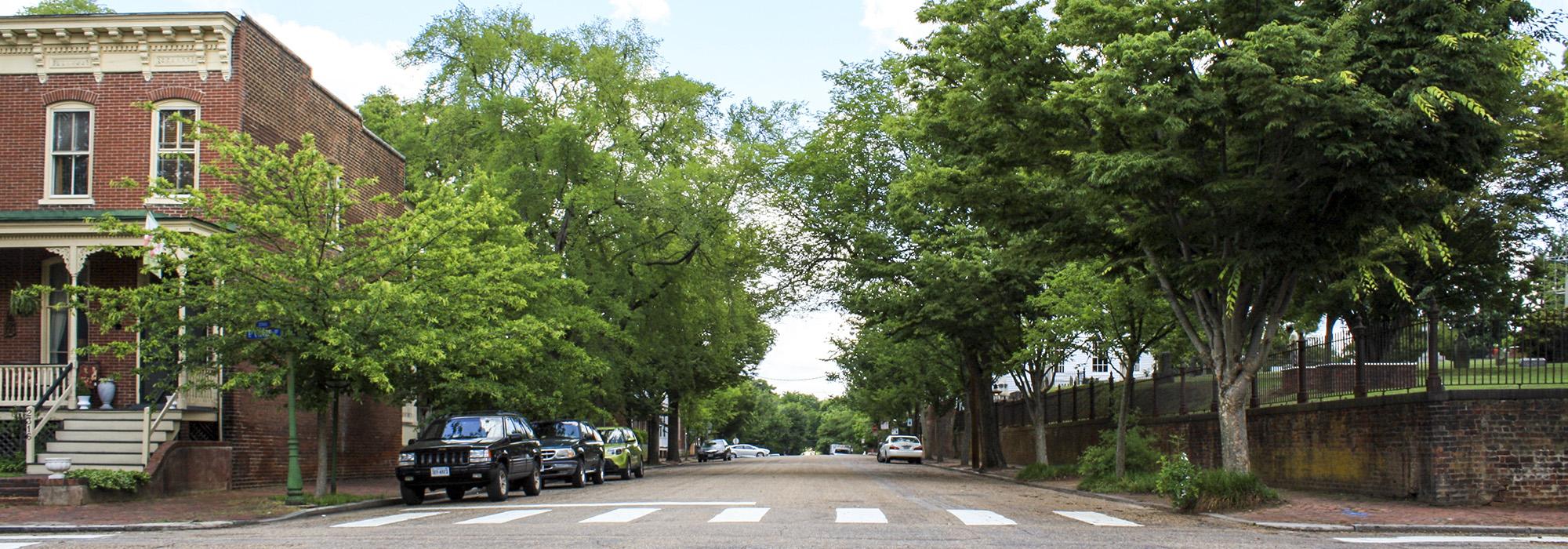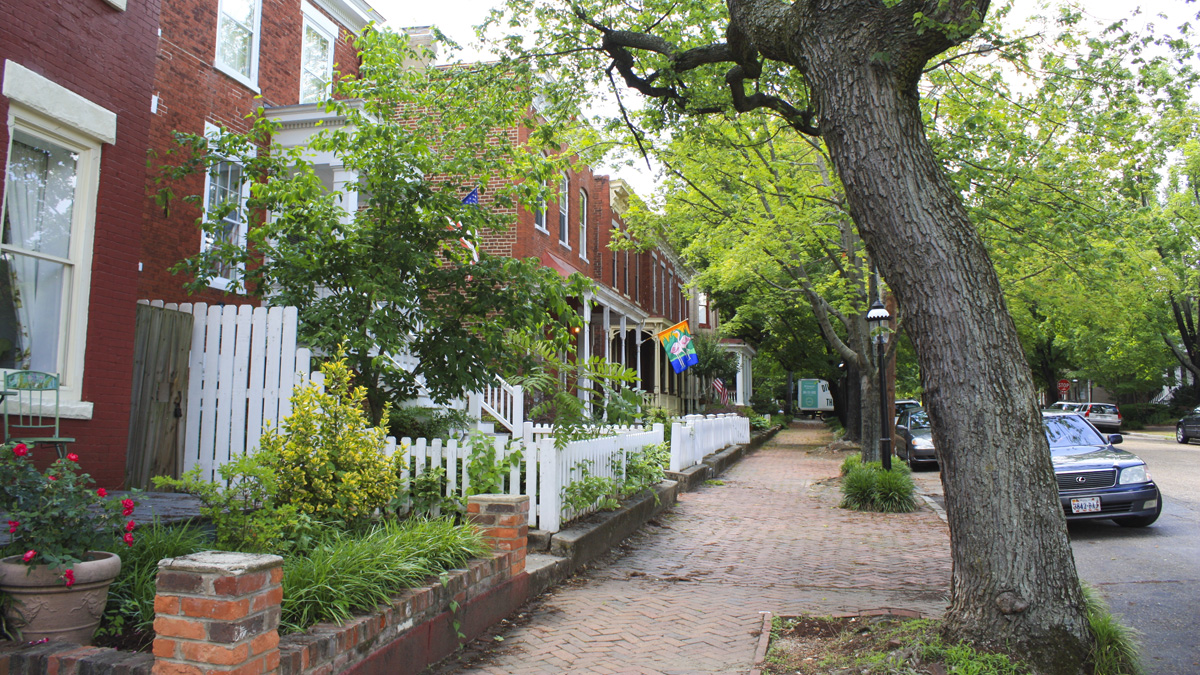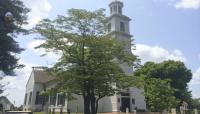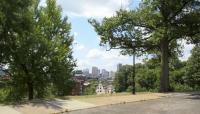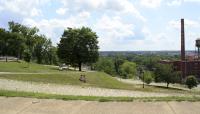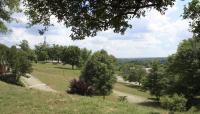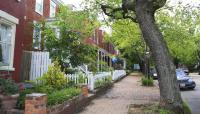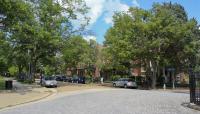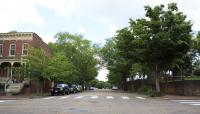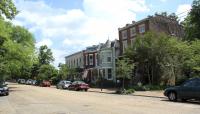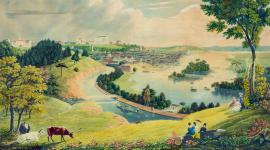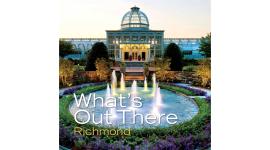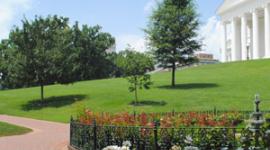Landscape Information
Among the oldest neighborhoods in Richmond, the St. John’s Church Historic District encompasses 118 acres and includes one of the largest and most diverse ensembles of historic structures in the city. The district and larger Church Hill neighborhood reference St. John’s Episcopal Church, the first structure built in the area and designated a National Historic Landmark (in 1961) as the site of Patrick Henry’s “Give Me Liberty or Give Me Death” speech in 1775. Initial development of Church Hill progressed slowly due to topographic restraints, but intensified in the nineteenth century. The neighborhood was fairly developed by the Civil War with residences commissioned for merchants and factory owners from nearby Shockoe Valley. Having sustained minimal damage during the war, infill development quickly resumed in Church Hill and was largely completed by 1900. The predominant architectural styles found in the district include early nineteenth century Federal, mid-century Greek Revival, and late nineteenth century Italianate and Queen Anne.
Evident today in the St. John’s Historic District is the axial grid established by surveyor William Mayo in 1737. Well-developed streetscapes, dramatic vistas of downtown Richmond and the James River, and large municipal public parks fronting the river characterize the neighborhood. Evident today in the St. John’s Historic District is the axial grid established by surveyor William Mayo in 1737. Large municipal parks and dramatic vistas of downtown Richmond are complemented by residential blocks of predominantly row and town houses unified through the use of similar building materials, generous setbacks, brick sidewalks, granite paving and curbing, cobblestone streets, and mature trees. The St. John’s Church Historic District, listed in the National Register of Historic Places in 1970, retains a high degree of historic integrity as a nineteenth century neighborhood.



